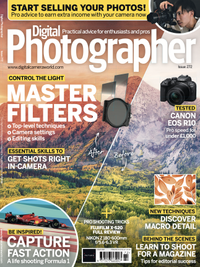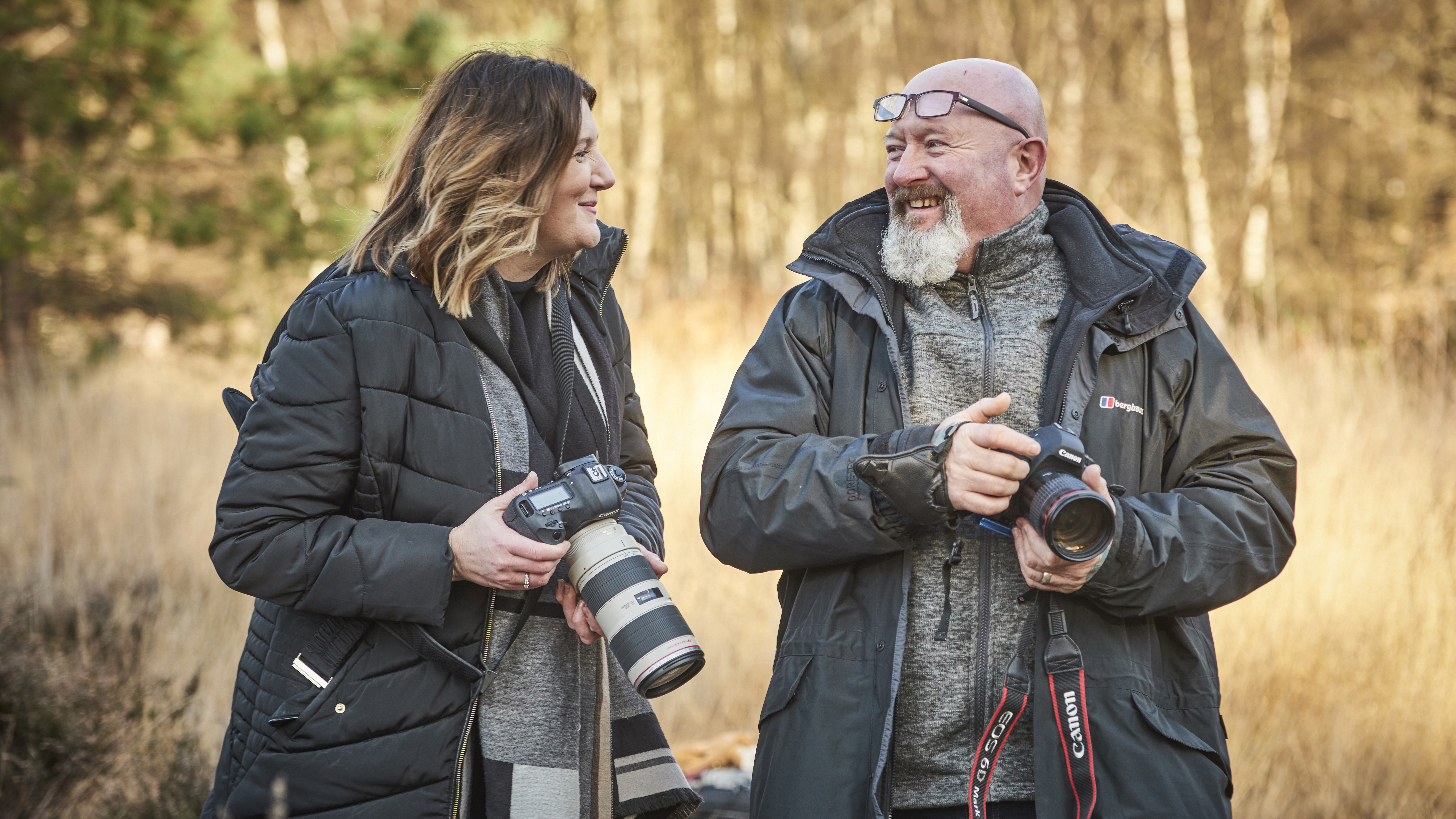5-minute photo tips: customize the white balance to save yourself time!
Auto white balance doesn't always make things easier! Control Kelvin values like a pro to avoid color casts and save time at the editing stage
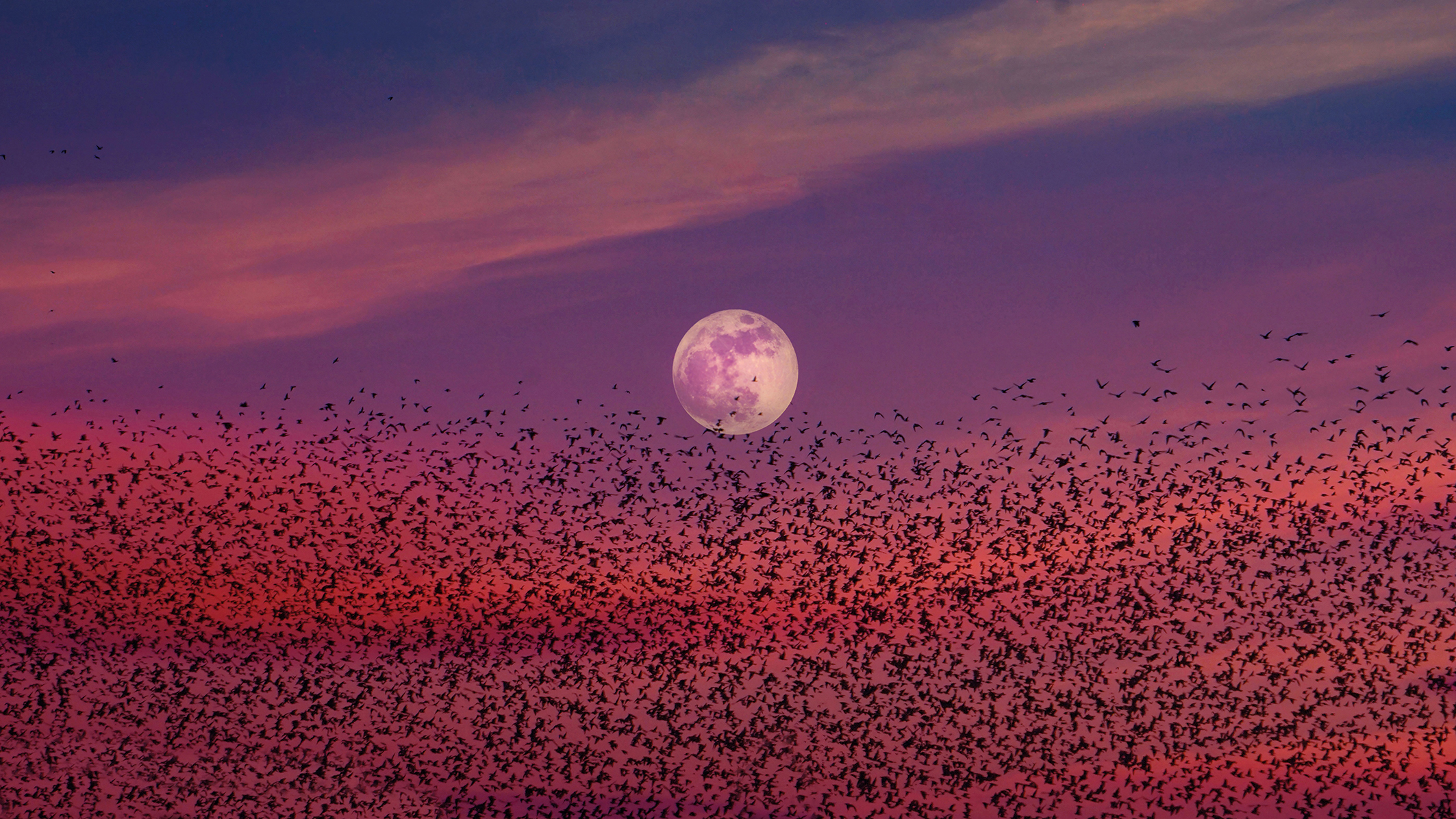
Improves: Color
Adjusting the white balance (WB) settings is crucial to avoid color cast issues that can be difficult to edit or correct in post-processing. Furthermore, it could take hours of work when dealing with multiple images, so it’s best to invest time in adjusting these settings beforehand.
To perfect customized settings, many cameras come equipped with a white balance bracketing mode. Here, you capture a series of frames, each with different WB settings on either side of the selected parameters, and merge them together.
Most modern cameras have preset white balance modes, which are tuned to center color based on a predetermined standard. However, these presets can remove the shifts in color (determined by the Kelvin value of each setting, which affects the color temperature) that we want to capture.
To use these settings like a pro, start by taking the auto settings as a reference and customize them further to control the hues of the scene.
Tutorial
1. Use Auto WB
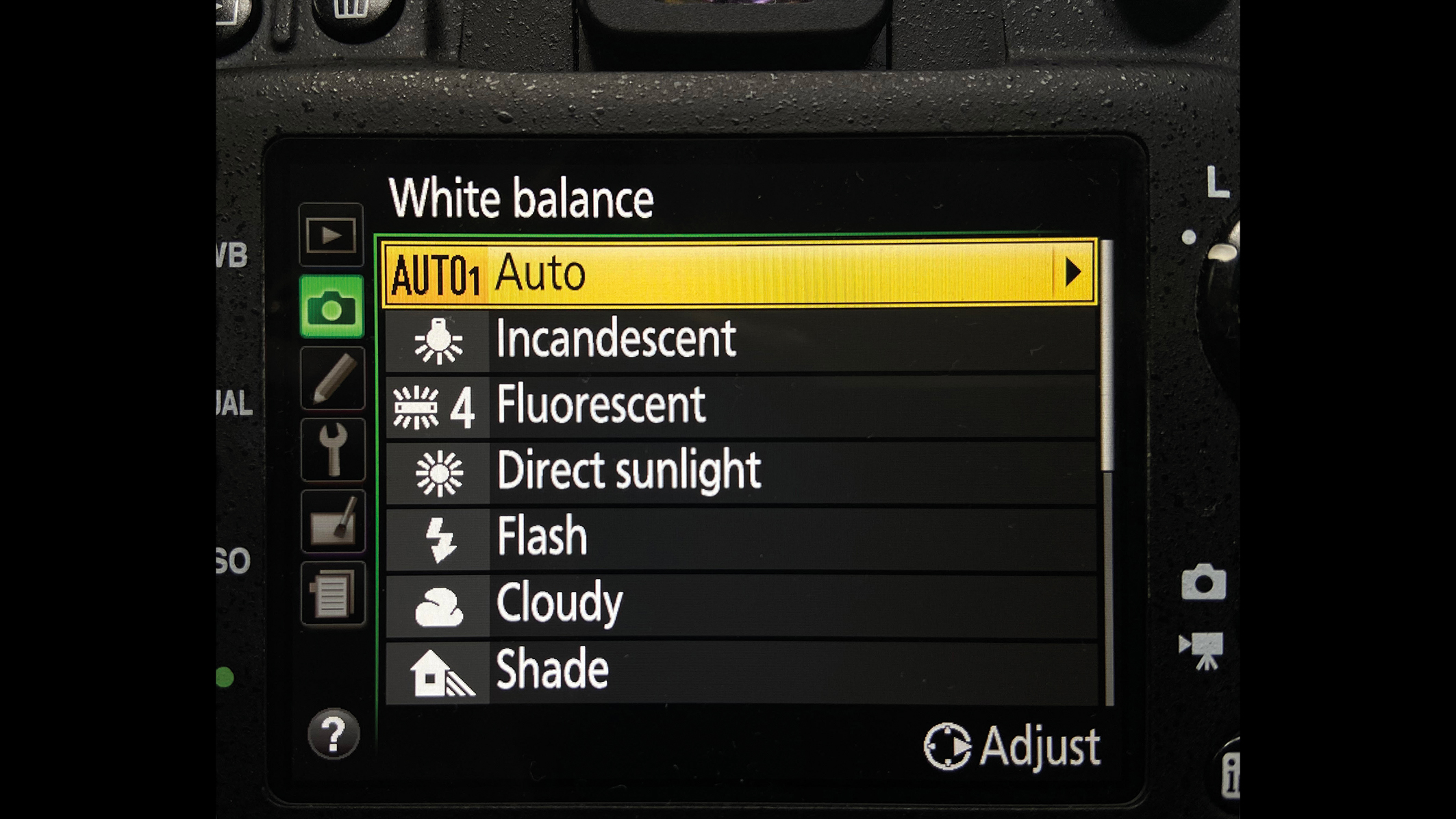
To do this, first create a neutral reference image in Auto WB mode. The colors will appear dull and flat, but it’s a helpful step to avoid creating an unnatural color palette and over-saturated tones in the following adjustments.
2. Choose preset
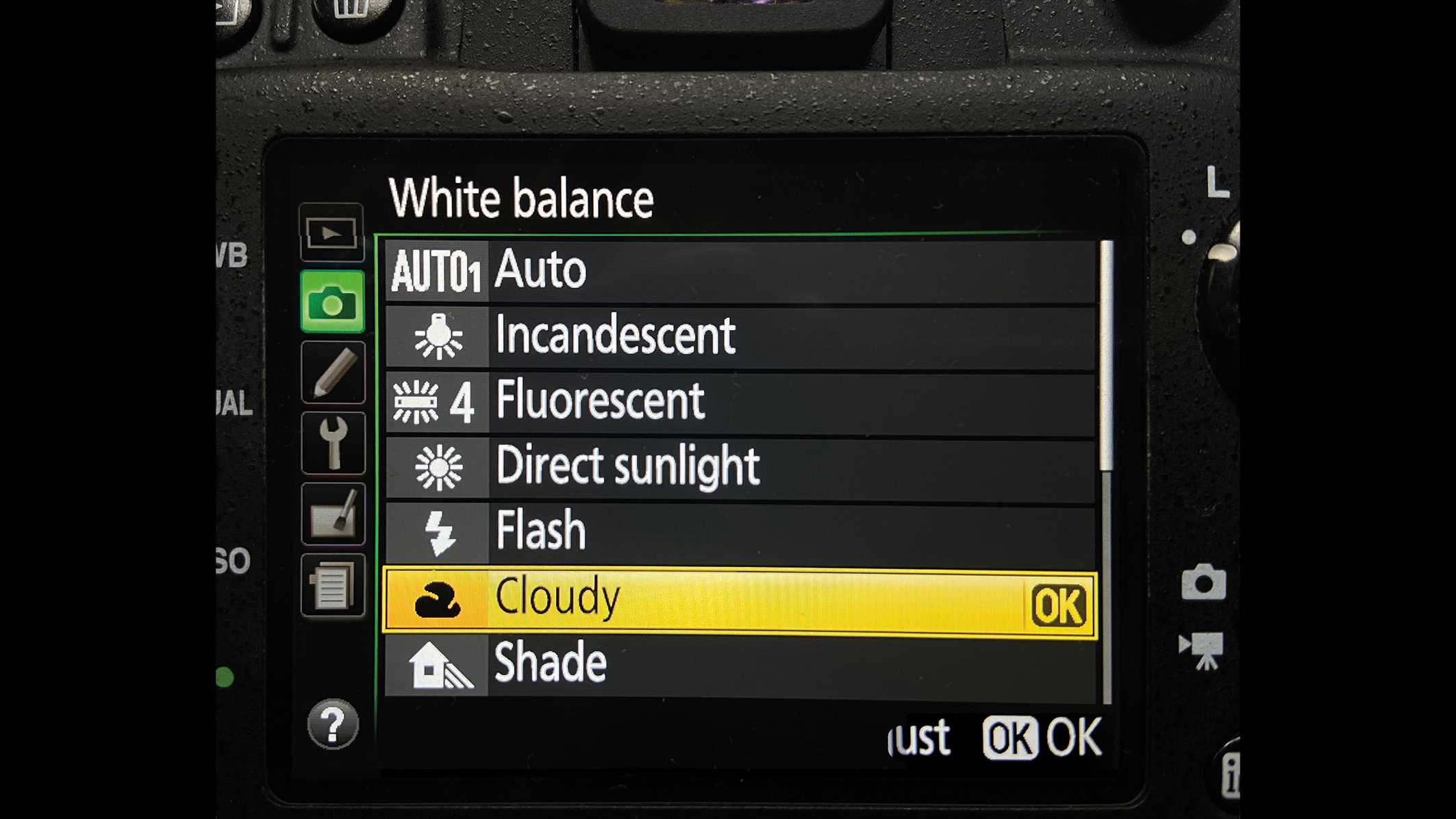
Select an Auto WB mode that matches the lighting in the scene, while also boosting the hues. Here, for example, you can choose between Daylight, Shade, Cloudy, Incandescent and Fluorescent settings, and these will result in a noticeable improvement.
3. Customize WB
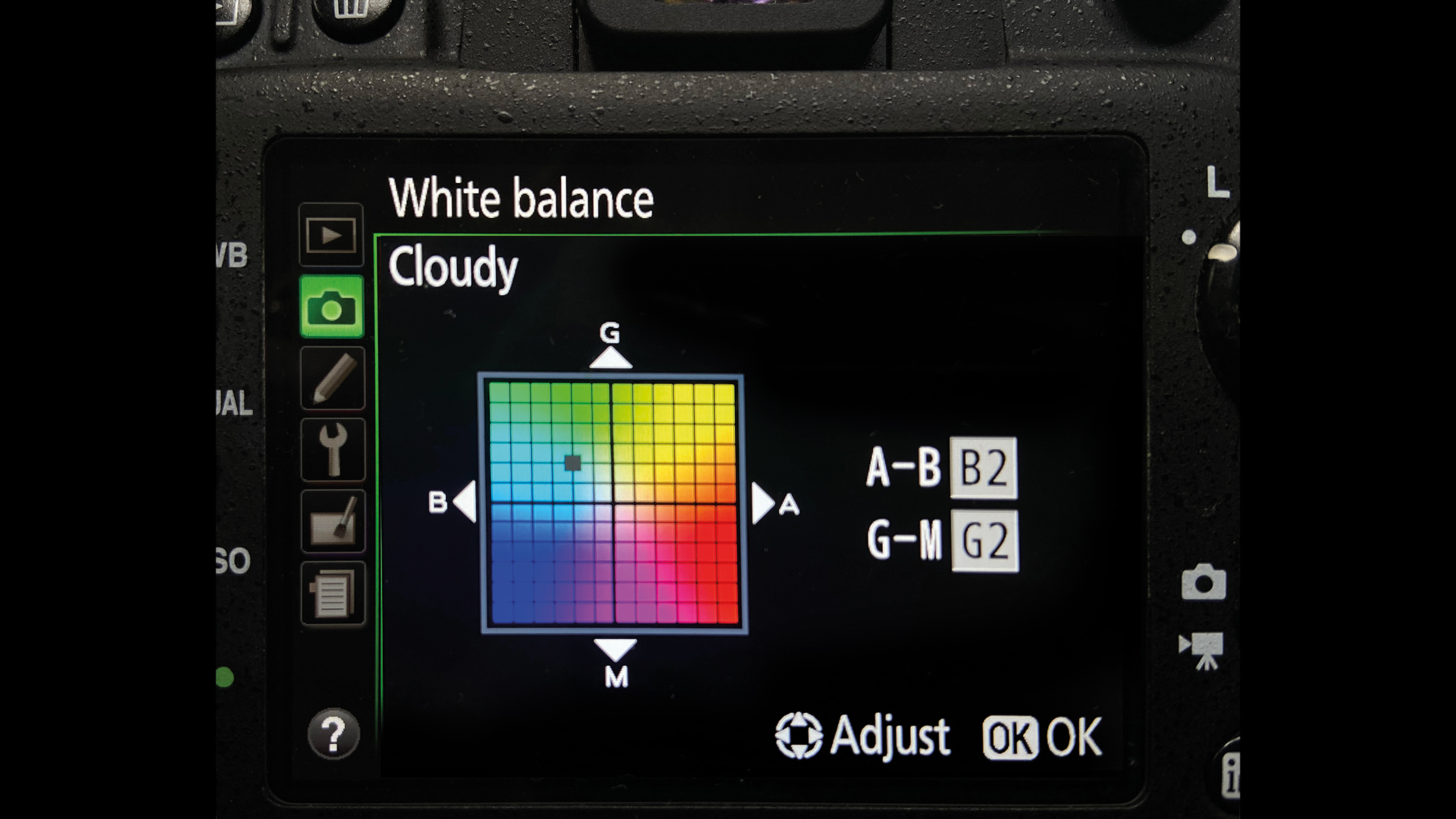
To achieve the best possible color palette, either select the appropriate preset or switch to custom white balance (sometimes called Kelvin Control) and select a color temperature that’s similar to the preset, and add more specific tonal customization.
This article originally appeared in Digital Photographer, a monthly magazine, and the kitbag essential for pros, enthusiasts, and amateurs alike!
Inside, you'll find practical guides, shooting tips, and techniques from working photographers, plus all the latest industry news.
Check out our explainer on what is white balance, along with other useful photography tips to get the most out of your camera.
Get the Digital Camera World Newsletter
The best camera deals, reviews, product advice, and unmissable photography news, direct to your inbox!
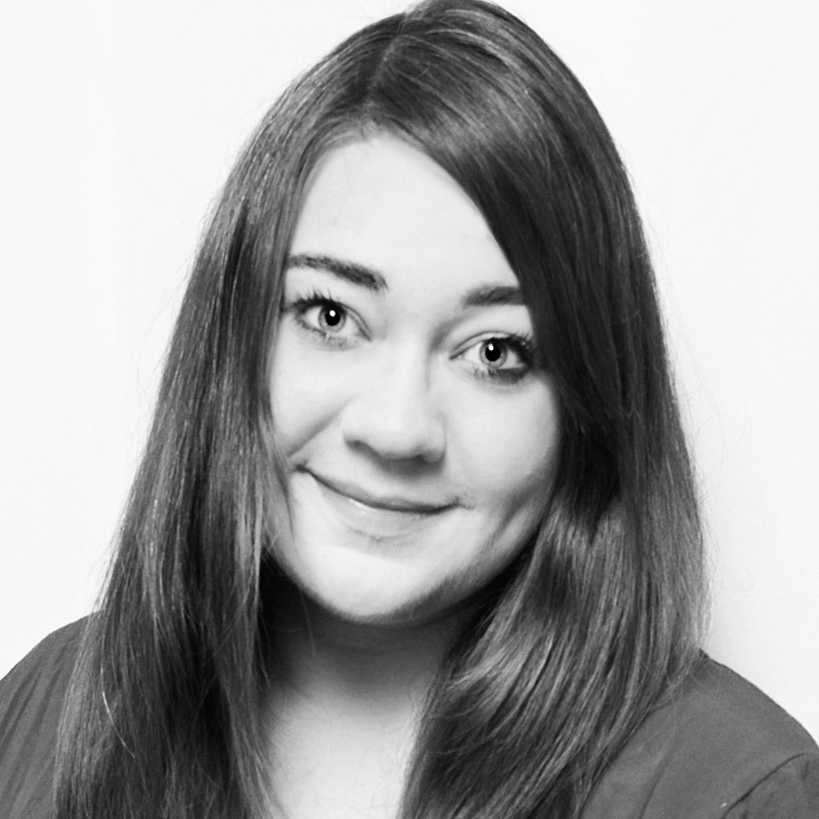
Kim is the Staff Writer on Digital Camera World, and formerly Technique Editor at Digital Photographer, focusing on the art and science of photography. With a Master’s degree in Photography and Media, she is driven to educate through an analytical approach, visually and technically. With her guides and tutorials, Kim seeks to uncover new facets of this time-honoured medium and foster a deeper understanding of its profound role in culture. Kim highlights topics that resonate with modern society, including women in photography and critical issues such as environmental conservation. She also discusses and reviews camera gear, giving you an overview to find the best fit for your photography journey.
